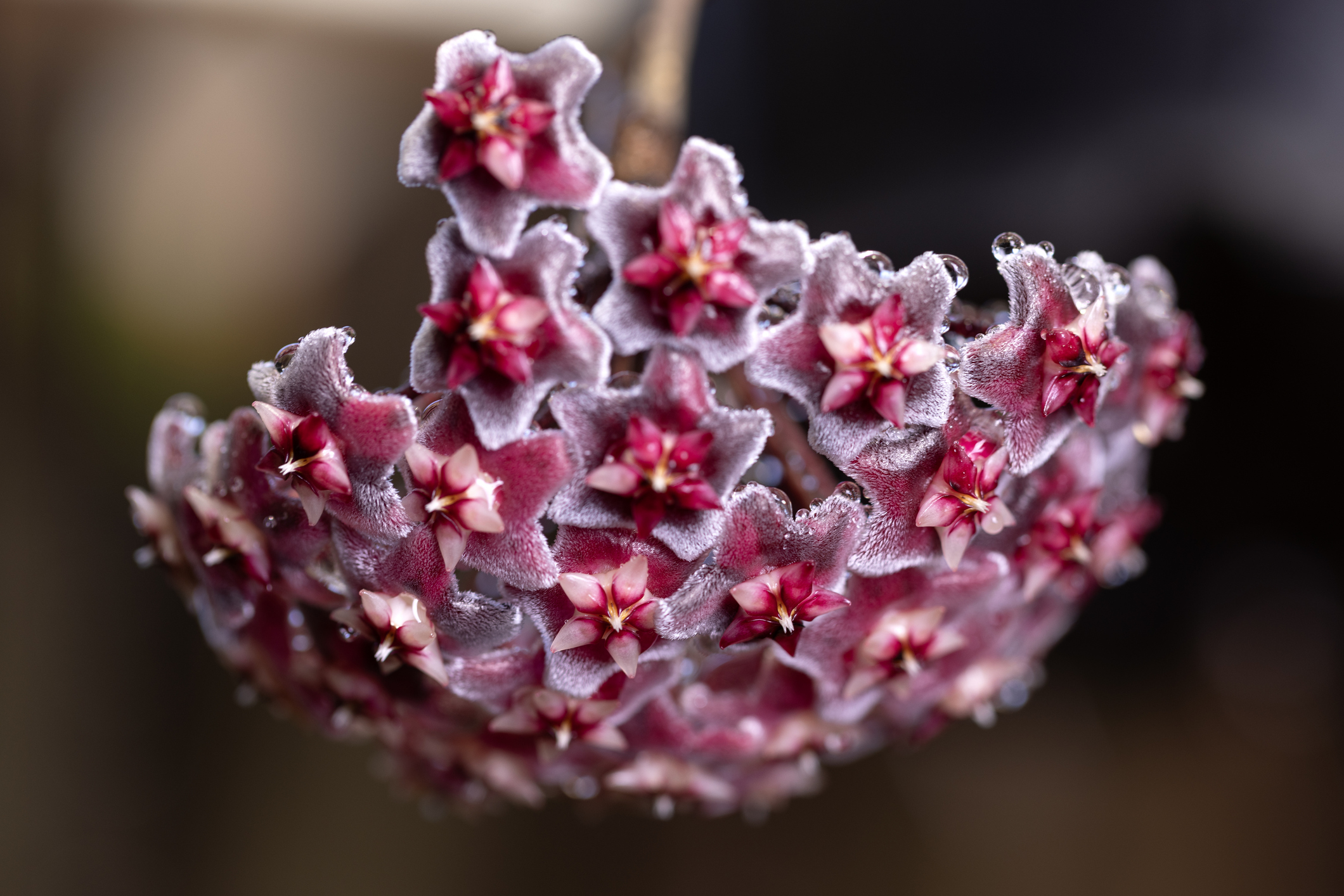
This eye-catching plant is a variegated form of the classic Heartleaf Philodendron, instantly recognisable by its striking green and lime-yellow streaked leaves. Named ‘Brasil’ for its resemblance to the Brazilian flag, this cultivar brings a tropical burst of colour into homes. While some Philodendron varieties thrive easily indoors across New Zealand, the ‘Brasil’ can pose a slight challenge in cooler climates such as Dunedin. However, with a little attention to its specific needs, growing it successfully is far from impossible.
The ‘Brasil’ prefers bright, indirect light to maintain its vivid colouring, though it will tolerate lower light conditions at the cost of some of its variegation. Like most Philodendrons, it appreciates a warm, humid environment, consistent moisture without waterlogging, and a well-draining potting mix. It’s best kept away from draughts or cold windowsills, particularly during Dunedin’s colder months. An occasional wipe of its leaves not only keeps it looking lush but also helps the plant photosynthesise more easily. Given the right care, Philodendron ‘Brasil’ is a stunning indoor plant that adds a tropical vibe to any space.
For those keen to add this beauty to their collection, the Dunedin Botanic Garden May plant sale offers an excellent opportunity. Taking place on Saturday, May 17, 9am until noon, the annual event has been a highlight on the city’s horticultural calendar for decades. Organised by the Friends of the Dunedin Botanic Garden, the May plant sale is not just a fundraiser — it’s a fun community gathering that celebrates the shared passion for plants.
The Friends of the Garden, a dedicated volunteer group, have lovingly propagated 0‘Brasil’ for the past two years in preparation for this year’s sale. Thanks to their care and expertise, visitors will be able to buy the plants potted in hanging baskets — perfect for displaying their trailing vines in style.
The plant sale has a long history of offering plants that have deep connections to the garden’s impressive collections. Plants available on the day originate from the extensive borders and themed gardens that weave through the botanic garden’s landscape, including rare and unusual varieties not commonly found in retail nurseries.
All funds raised through the sale go directly into supporting projects and initiatives at the garden, helping to maintain and enhance this community treasure. Pro tips: bring cash on the day to avoid queues for the eftpos machine and arrive early so you don’t miss out on the plant you want.

The classic Hoya carnosa is one of the most common and reliable species to grow indoors. It’s a trailing vine that thrives in bright direct or indirect light and doesn’t mind being root-bound — in fact, it prefers it. This makes it ideal for hanging pots, shelves, or trailing down from a high spot. When it’s happy, it will reward you with beautiful clusters of starry flowers that smell incredible, especially in the evening.
What’s interesting about Hoya flowers is how they bloom. The plant produces them from little umbels on the peduncle. These are permanent structures that the plant will flower from again and again. So, if your Hoya has finished blooming, don’t remove these — they’re not dead stems, they’re flower factories in waiting! The longer or bigger the peduncle, the older (and usually more impressive) the plant.
When the flowers open, they ooze a sticky, sugary nectar — not something to worry about, but maybe don’t hang your plant directly above the TV or couch. The scent can be sweet or even pungent depending on the species, especially at night. This is likely the plant’s way of attracting night-time pollinators.
Alongside Hoya carnosa, the plant sale will have a range of other Hoya species available:

Hoya pubicalyx: A fast-growing variety with long, narrow leaves and gorgeous dark purple to deep red flowers. It has a strong fragrance that can fill a room in the evening.
Hoya serpens: A tiny gem with small, fuzzy leaves and light green flowers with red centres. It comes from the Himalayas, so can handle cooler indoor temps. I have struggled with this one for years but love it so much I keep trying to grow it.
Hoya krinkle 8: A twist on the classic carnosa, this one has wrinkly, crinkled leaves and trails beautifully. Not seen much these days.
Hoyas are such a classic indoor plant — a good indoor plant collection isn’t complete without at least one example. In New Zealand we have a limited number of species available, so it is always exciting when an unusual species turns up at the local garden centre. I am always on the hunt.












